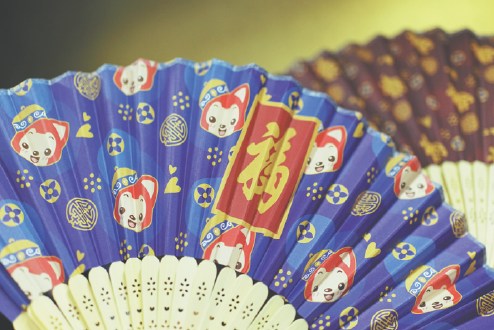
A show featuring a cartoon image of a red fox dressed in the traditional costume of a prince was staged in Prince Kung's Mansion in Beijing in July. (Photo provided to China Daily)
Chen Ruijin, director of Suzhou Museum, says: "Online shopping platforms are perfect for helping sales of museum products grow. We ought to use the era of the internet to spread our traditional culture in new ways."
Just as the Suzhou Museum has set itself up as an exemplar of innovation for other cultural institutions, the country's top museums, the China National Museum and the Palace Museum (also known as the Forbidden City), both in Beijing, are showing the way on e-commerce, having set up separate operations on the online trader .
The two museums have sold thousands of artistic items, many inspired by items in their collections, in thousands of categories, priced from 20 yuan to more than 10,000 yuan.
China National Museum announced in March that it would work with the e-commerce giant Alibaba Group on a project called Cultural and Creative China, which aims to bring together more than 100 museums in the country to develop and sell museum merchandise. In June, the Shanghai free trade zone gave the museum approval to develop some products there. The approval covers about 400 antiques from museums that are participants in Cultural and Creative China.
"The project is akin to an aircraft carrier for museums," says Hu Huanzhong, general manager of Shanghai Free Trade Zone International Culture Investment and Development Company. "China National Museum alone has 1.3 million collections. Now many foreign design companies are looking to work with us."
The free trade zone is being used to link design companies, designers and overseas markets with museums.
Hu says the market of the future consists largely of those born after the 1990s, which explains why the designs on many museum products have a decidedly offbeat edge, veering to the style of Japanese anime, such as items with prints of emperors in scissor-hand poses or with chubby imperial bodyguards.
"We are also keen for our museum products to attract people overseas," Hu says.
In China there are about 4,500 museums, and last year more and more of them jumped on the bandwagon to develop museum products, with the enthusiastic encouragement of the central government as it promotes free-market ideals.


















































